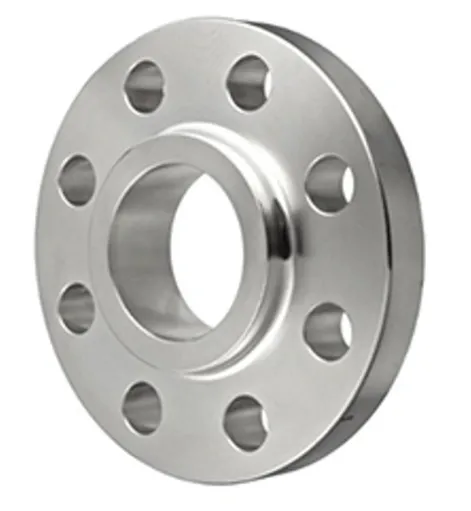-
Cangzhou Yulong Steel Co., Ltd.
-
Phone:
+86 13303177267 -
Email:
admin@ylsteelfittings.com
- English
- Arabic
- Italian
- Spanish
- Portuguese
- German
- kazakh
- Persian
- Greek
- French
- Russian
- Polish
- Thai
- Indonesian
- Vietnamese
- Zulu
- Korean
- Uzbek
- Hindi
- Serbian
- Malay
- Ukrainian
- Gujarati
- Haitian Creole
- hausa
- hawaiian
- Hebrew
- Miao
- Hungarian
- Icelandic
- igbo
- irish
- Japanese
- Javanese
- Kannada
- Khmer
- Rwandese
- Afrikaans
- Albanian
- Amharic
- Armenian
- Azerbaijani
- Basque
- Belarusian
- Bengali
- Bosnian
- Bulgarian
- Catalan
- Cebuano
- China
- China (Taiwan)
- Corsican
- Croatian
- Czech
- Danish
- Esperanto
- Estonian
- Finnish
- Frisian
- Galician
- Georgian
- Kurdish
- Kyrgyz
- Lao
- Latin
- Latvian
- Lithuanian
- Luxembourgish
- Macedonian
- Malgashi
- Malayalam
- Maltese
- Maori
- Marathi
- Mongolian
- Myanmar
- Nepali
- Norwegian
- Norwegian
- Occitan
- Pashto
- Dutch
- Punjabi
- Romanian
- Samoan
- Scottish Gaelic
- Sesotho
- Shona
- Sindhi
- Sinhala
- Slovak
- Slovenian
- Somali
- Sundanese
- Swahili
- Swedish
- Tagalog
- Tajik
- Tamil
- Tatar
- Telugu
- Turkish
- Turkmen
- Urdu
- Uighur
- Welsh
- Bantu
- Yiddish
- Yoruba

Nov . 13, 2024 02:13 Back to list
flange types and sizes
Understanding Flange Types and Sizes
Flanges are crucial components in various industries, serving as connectors that enable the secure attachment of pipes, valves, pumps, and other equipment. They provide the necessary interface for fluid and gas transfer, ensuring system integrity and safety. This article delves into the different types and sizes of flanges, highlighting their features and applications.
Flanges come in a variety of types, each designed for specific applications
. The most common types include weld neck, slip-on, blind, socket weld, and threaded flanges.1. Weld Neck Flanges These flanges have a long neck that provides a smooth transition from the pipe to the flange. This type is suitable for high-pressure applications due to its robust design, which allows it to withstand stress more effectively. Weld neck flanges are often used in critical applications, such as chemical and oil refining industries.
2. Slip-On Flanges As the name suggests, slip-on flanges fit over the pipe. They are easy to install and are often used in lower-pressure applications. The main drawback is that they require welding on both the inside and outside, which can be time-consuming. They are commonly found in water systems and various HVAC applications.
flange types and sizes

3. Blind Flanges Designed to close off the ends of pipelines, blind flanges prevent the passage of fluids in a system. They are widely used in applications where future access for maintenance is anticipated. They are also utilized in tank and vessel openings where no flow is present, making them crucial in numerous industrial settings.
4. Socket Weld Flanges These flanges are generally used for high-pressure applications and are characterized by a socket that the pipe fits into. They are welded around the outside of the flange after the pipe is inserted, providing a strong and secure joint. Socket weld flanges are typically found in plant piping systems and various industrial applications.
5. Threaded Flanges These flanges come with internal threads allowing them to be screwed onto pipes. They are ideal for smaller piping systems and low-pressure applications since they don’t require welding. However, they are not suitable for high-pressure situations. Threaded flanges are often used in applications where frequent disassembly is needed.
When it comes to sizes, flanges typically adhere to specific standards, including ANSI, ASME, and API. These standards define the flange dimensions, including the diameter, thickness, and bolt hole patterns. Common sizes range from small diameters (like 1 inch) to large diameters (up to 48 inches or more), accommodating various piping systems and needs.
In conclusion, understanding flange types and sizes is essential for selecting the right components for any piping system. Each type offers distinct advantages tailored to specific applications, and their sizes are standardized to ensure compatibility across different systems. Proper selection not only enhances system performance but also ensures the safety and efficiency of industrial operations.
Latest news
-
ANSI 150P SS304 SO FLANGE
NewsFeb.14,2025
-
ASTM A333GR6 STEEL PIPE
NewsJan.20,2025
-
ANSI B16.5 WELDING NECK FLANGE
NewsJan.15,2026
-
ANSI B16.5 SLIP-ON FLANGE
NewsApr.19,2024
-
SABS 1123 FLANGE
NewsJan.15,2025
-
DIN86044 PLATE FLANGE
NewsApr.19,2024
-
DIN2527 BLIND FLANGE
NewsApr.12,2024
-
JIS B2311 Butt-Welding Fittings LR/SR 45°/90° /180°Seamless/Weld
NewsApr.23,2024











